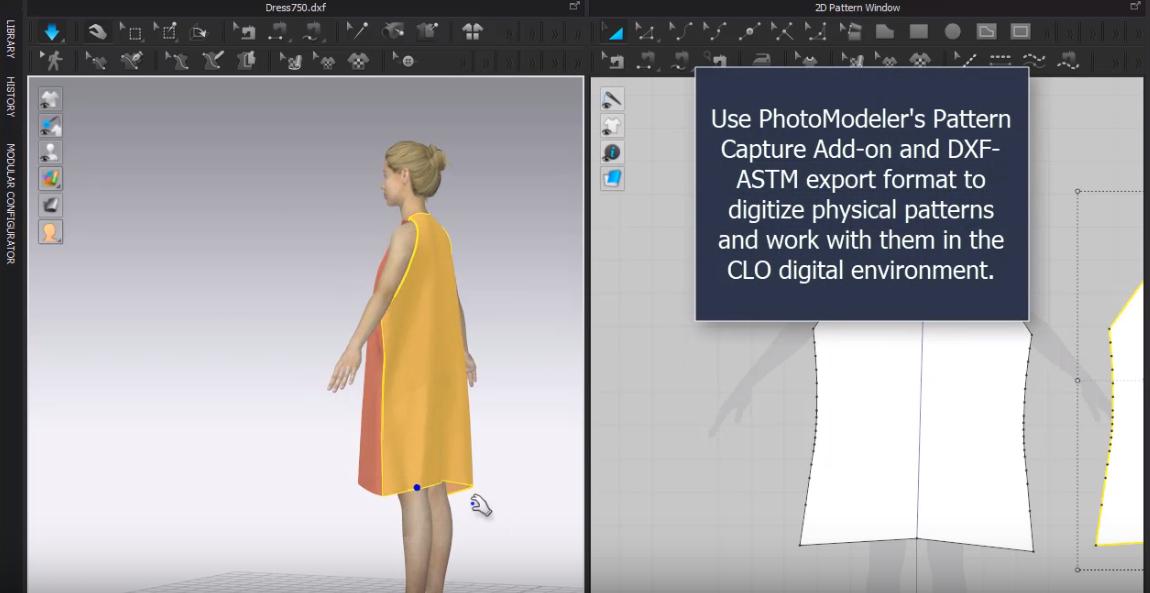
The last step for me would be to superimpose the lace pattern onto the waistband flat pattern piece so that they were laser cut together on the fabric. Everything inside the green box is the repeating pattern In the end I got a single rectangular tile that could be repeated seamlessly as the pattern for my waistband. The workflow of making the geometric shape Then, I used the copy, transform, reflect, and shape builder (boolean operation) tools to realize the shape I wanted. I started by adding a polygon and placed it to the center of the paper. I liked this one because the shape looked simple but still interesting enough 😺. I watched several tutorials ( 1, 2, 3, 4 and 5) to get inspirations, and I decided to follow this tutorial to create the waistband pattern. When I joined the four images, I noticed that they didn't create a seamless pattern Then, I realized that the resultant pattern from the merged images didn't look seamless, and that was when I decided to detour and learn to create a seamless pattern in Illustrator. I was able to enlarge the image without decreasing its resolution however, I wanted to keep the origial shape and size, so I needed to make copies of the vector image to fill the paper. Once converted, the image colors became black and white only. Raster to vector using the Image Trace tool To begin, I saved a stock image (.jpeg) that I liked for the waistband pattern, opened in Illustrator, and used the Image Trace tool to convert the raster image to a vector image. I decided that the pattern for the bodice / skirt would be different from that of the waistband. I think it's fascinating that you can simulate fabric textures using a 2D software, and I will play with it more in the future! The different fabric textures that I learned to create Adobe Illustratorįor my project, I planned to involve textile laser cutting to create a "lace" or "eyelet" fabric effect, so the first step for me was to create a vector graphic of the patterns. The image below shows the differnt fabric textures that I learned to create. The "Stained Glass" effect was applied to create the leather fabric textureĪnother fun part was that, for every fabric texture, we would create two layers: one for the crosswise grain, and the other for the lengthwise (straight) grain when we merged the two layers, we would see a realistic texture look of two distinct sets of threads interlacing to form a fabric. There are various filter effects that we can use, for example, in order to create the looks and feels of a leather fabric, we would apply the "Stained Glass" texture effect to the layer before adding the color. I followed some YouTube videos and learned to apply filter effects to create photorealistic fabric textures.
#CLO3D EXPORT DXF HOW TO#
I was not sure how to begin my project with a raster program so I ended up doing something related to fashion fabrics instead 😄. The main advantage of using vector is that the resolution won't decrease even though the image is enlarged. dxf) are made up of paths (lines) and are used in CAD, laser cutting and CNC milling. gif) are based on pixels (tiny squares) and are captured with a camera or scanner, while vector graphics (.svg. This week, I learned that raster graphics (.jpg. I have used Photoshop for basic image editing before but I didn't know the difference between Photoshop and Illustrator until this class.
#CLO3D EXPORT DXF SOFTWARE#
My Week 2 Schedule Experimenting With 2D Design Software Adobe PhotoshopĪs I have already had Adobe CC software on my desktop, I chose to use Photoshop for raster graphic processing and Illustrator for vector graphic processing. Raster design, Vector design, 3D modeling, Rendering.2D Sotware:Adobe Illustrator, Adobe Photoshop.Show how you did it with words/images/screenshots ✔.) a possible final project in 2D and 3D software ✔ Model (raster, vector, 2D, 3D, render, animate, simulate.Love the blog/ video please subscribe and share in the community.« Previous Assignment Next Assignment » Week 2: Computer-Aided Design Summary Thanks, so much for watching Designistas, I’m Rose from Encoder Fashion. Then the Import AI/PDF Window Pup Up Below the Basic:


The blog demonstrates a short to the point on how to import the dxf/pdf pattern into clo and a step-by-step tutorial. See the link: How to Bring DXF/PDF Patterns in CLO3D Quick and Easy How to Bring a DXF Pattern into CLO3D There is a step-by-step on how to import dxf/pdf patterns into clo. How to import the dxf/pdf pattern into clo3d blog and a step-by-step tutorial


 0 kommentar(er)
0 kommentar(er)
